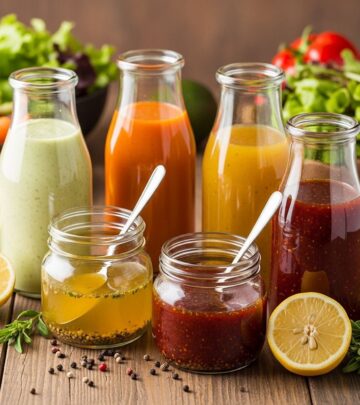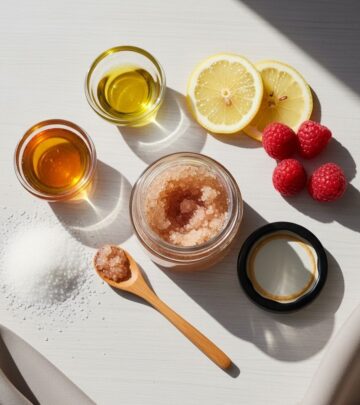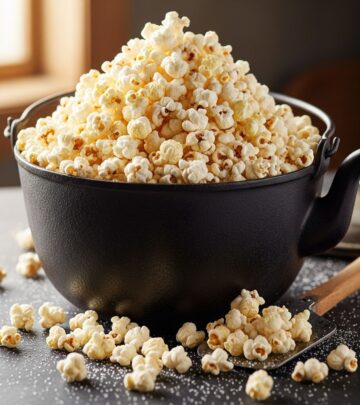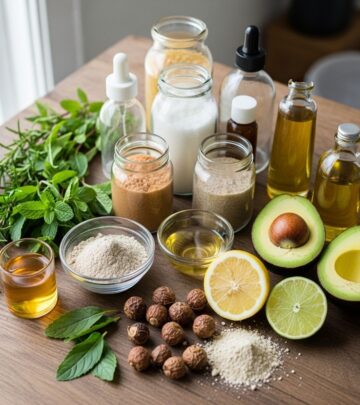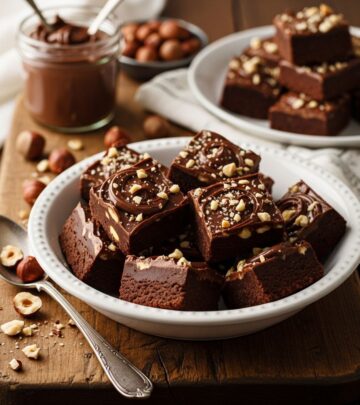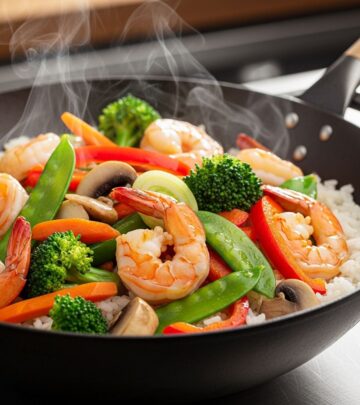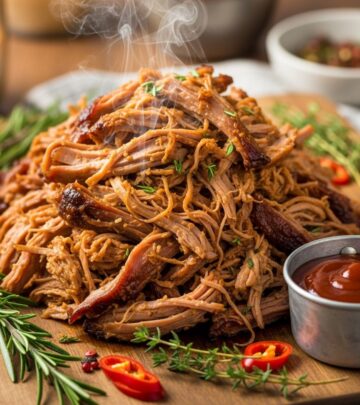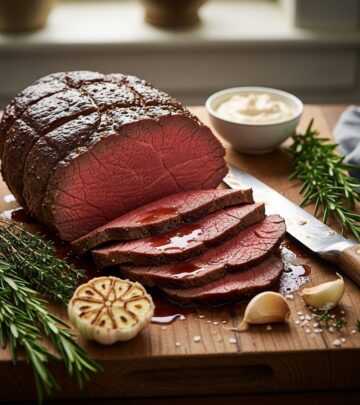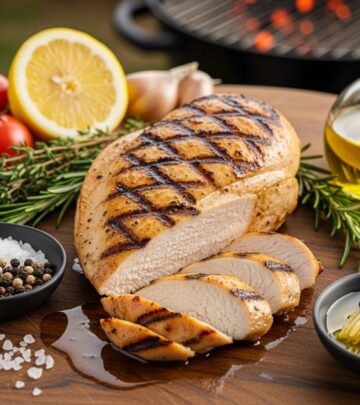Baked Lobster Tails Recipe: Guide To An Elegant Seafood Feast
Transform ordinary dinners into romantic culinary experiences with perfectly baked lobster tails
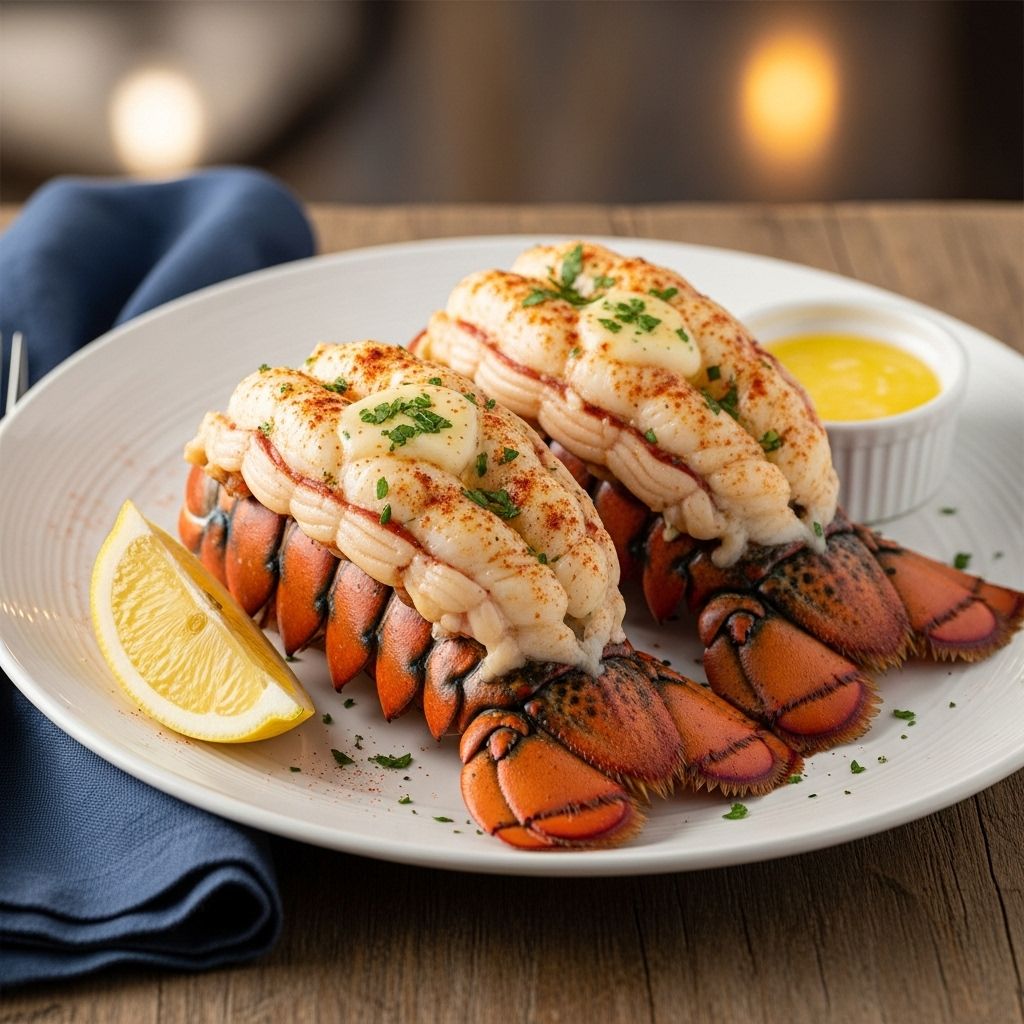
Image: HearthJunction Design Team
Delicious Baked Lobster Tails: An Elegant Seafood Delight
There’s something undeniably luxurious about serving lobster tails for dinner. Often reserved for special occasions at high-end restaurants, many home cooks shy away from preparing this exquisite seafood, assuming it’s too complicated or intimidating. However, baking lobster tails is surprisingly straightforward and yields impressive results that will make any dinner feel like a special occasion.
This comprehensive guide will walk you through every step of preparing perfectly baked lobster tails, from selecting the best ingredients to serving suggestions that will elevate your dining experience. Whether you’re planning a romantic dinner, celebrating a special occasion, or simply treating yourself to something extraordinary, these baked lobster tails are guaranteed to impress.
Why Choose Baked Lobster Tails
Baking is one of the most foolproof methods for cooking lobster tails. Unlike boiling, which can sometimes result in overcooked, rubbery meat, or grilling, which requires careful timing and temperature control, baking provides consistent, gentle heat that preserves the lobster’s natural sweetness and tender texture.
Additionally, baking allows the flavored butter to infuse deeply into the meat, creating rich, succulent results. The process leaves your hands free to prepare side dishes or spend time with your guests, making it perfect for entertaining. With minimal hands-on time and maximum flavor, baked lobster tails offer an impressive yet manageable culinary experience for cooks of all skill levels.
Ingredients You’ll Need
The beauty of this recipe lies in its simplicity. With just a handful of quality ingredients, you can create a memorable seafood experience. Here’s what you’ll need:
- 2 lobster tails (8 oz each)
- 3 tablespoons butter, melted
- 1 teaspoon salt
- 1 teaspoon black pepper
- 1 teaspoon garlic powder
- 1 teaspoon paprika
- 1 teaspoon Old Bay seasoning (optional)
- 1 teaspoon cayenne pepper (optional, for heat)
- 1 tablespoon fresh lemon juice
- Fresh herbs for garnish (parsley and rosemary work well)
- Lemon wedges for serving
Equipment Required
One of the advantages of this recipe is that it requires minimal specialized equipment. Here’s what you’ll need to have on hand:
- Sharp kitchen scissors or seafood shears
- Baking sheet or oven-safe dish
- Small mixing bowl
- Pastry brush (optional but helpful)
- Instant-read thermometer (optional but recommended for perfect doneness)
- Aluminum foil (optional)
Selecting the Perfect Lobster Tails
The quality of your lobster tails will significantly impact the final dish. Here are some tips for selecting the best ones:
Fresh vs. Frozen: While fresh is always preferable, high-quality frozen lobster tails are more readily available and can be excellent when properly thawed. If buying frozen, look for tails that have been flash-frozen soon after harvesting.
Size Matters: Medium-sized lobster tails (around 6-8 ounces each) are ideal for this recipe. They’re large enough to make an impression but cook evenly without drying out.
Appearance: Look for tails with a clear, translucent appearance and no black spots or discoloration on the meat. The shell should appear intact without cracks (apart from any intentional splitting by the fishmonger).
Types of Lobster: Cold-water lobsters (like Maine lobster) typically have firmer, sweeter meat than warm-water varieties. However, both types work well in this recipe with slight adjustments to cooking time.
Preparing the Lobster Tails
Properly preparing lobster tails before baking is crucial for both presentation and ensuring they cook evenly. Follow these steps for perfect preparation:
Thawing Frozen Lobster Tails
If using frozen lobster tails, thaw them properly before cooking:
- Place the frozen lobster tails in the refrigerator 24 hours before you plan to cook them.
- For a quicker thaw, place them in a sealed plastic bag and submerge in cold water for about 30-40 minutes, changing the water every 10 minutes.
- Never thaw lobster tails at room temperature or using hot water, as this can promote bacterial growth and affect texture.
Butterfly Cutting Technique
The butterfly cut creates an impressive presentation that allows the lobster meat to slightly rise above the shell when baked:
- Using kitchen scissors, cut along the top of the shell from the open end toward the tail, stopping just before the tail fin.
- Be careful to cut only through the shell, not the meat beneath it.
- Carefully spread the shell apart and gently loosen the meat from the sides of the shell, keeping it attached at the tail end.
- Lift the meat slightly so it sits on top of the shell, creating the classic restaurant-style presentation.
- Remove the dark vein (digestive tract) running along the back of the lobster meat if visible.
If you’re new to preparing lobster tails, don’t worry about achieving perfection—even slightly imperfect butterfly cuts will still cook beautifully and taste delicious.
Creating the Flavorful Butter Mixture
The seasoned butter mixture is what transforms simple lobster tails into an extraordinary culinary experience. Here’s how to prepare it:
- In a small bowl, combine the melted butter, salt, black pepper, garlic powder, paprika, and lemon juice.
- If using, add Old Bay seasoning for a classic seafood flavor and cayenne pepper for subtle heat.
- Whisk all ingredients together until well blended.
- Finely chop a small amount of fresh herbs (reserving some for garnish) and add to the mixture if desired.
This butter mixture serves two purposes: it adds incredible flavor to the lobster meat and keeps it moist during baking. Feel free to adjust the seasoning to your taste preferences—some people prefer a simpler butter with just salt and pepper to let the lobster’s natural sweetness shine through.
Baking the Lobster Tails to Perfection
Now that your lobster tails are prepped and your butter mixture is ready, it’s time to bake them to perfection.
- Preheat your oven to 425°F (220°C).
- Place the butterflied lobster tails on a baking sheet or oven-safe dish.
- Generously brush the exposed meat with the prepared butter mixture, making sure to get some between the meat and shell.
- Bake for 12-15 minutes, depending on size. The lobster is done when the meat turns opaque and white with no translucent parts, and reaches an internal temperature of 145°F (63°C).
- For an extra touch, you can switch the oven to broil for the final minute to lightly brown the top, but watch carefully to prevent burning.
Be careful not to overcook the lobster tails, as they can quickly become tough and rubbery. It’s better to check them slightly early than to risk overcooking.
Serving Suggestions
Presentation is key when serving something as elegant as baked lobster tails. Here are some suggestions to make your dish truly memorable:
- Garnish with fresh chopped parsley and small sprigs of rosemary for color and aroma.
- Serve with lemon wedges on the side for a fresh citrus accent.
- Drizzle any remaining butter mixture over the tails just before serving.
- Consider placing each tail on a small bed of rice or alongside a simple pasta for a complete meal.
Perfect Side Dishes
Complement your lobster tails with side dishes that enhance without overwhelming the delicate lobster flavor:
- Steamed asparagus or green beans with a light lemon butter
- Garlic mashed potatoes
- Simple risotto
- Mixed green salad with a light vinaigrette
- Crusty bread for soaking up the delicious butter sauce
Wine Pairing Recommendations
The right wine can elevate your lobster tail experience to new heights. Consider these pairings:
- Chardonnay: A buttery, oaked Chardonnay complements the rich flavors of the butter sauce.
- Sauvignon Blanc: For a crisper option that cuts through the richness with bright acidity.
- Champagne or Prosecco: Bubbles create a festive atmosphere and pair beautifully with seafood.
- Pinot Grigio: A light, refreshing option that won’t overpower the delicate lobster flavor.
Storing and Reheating Leftovers
While lobster tails are best enjoyed fresh from the oven, if you have leftovers:
- Remove the meat from the shells and store in an airtight container in the refrigerator for up to 2 days.
- Reheat gently in a covered dish with a small amount of butter at a low temperature in the oven, or very carefully in the microwave on a reduced power setting.
- Consider using leftover lobster meat in a salad or pasta dish rather than reheating, as the texture will be better preserved.
Frequently Asked Questions
Q: How do I know when my lobster tails are fully cooked?
A: Properly cooked lobster meat should be firm, opaque (white), and slightly springy to the touch. It should reach an internal temperature of 145°F (63°C). Undercooked lobster will appear translucent, while overcooked lobster becomes tough and rubbery.
Q: Can I prepare the lobster tails ahead of time?
A: You can butterfly and season the lobster tails up to 24 hours in advance, keeping them covered in the refrigerator. However, for the best texture and flavor, it’s recommended to bake them just before serving.
Q: What’s the difference between Maine and warm-water lobster tails?
A: Maine (cold-water) lobster tails typically have whiter meat with a more tender texture and sweeter flavor. Warm-water lobster tails often have a slightly more yellowish or grayish tint and a more pronounced flavor. Both work well in this recipe, though cold-water tails are generally considered premium.
Q: Can I use this recipe for a larger dinner party?
A: Absolutely! This recipe scales up easily for larger gatherings. Just ensure you have enough oven space to arrange the lobster tails without crowding them, as this could lead to uneven cooking.
Q: Are there alternatives to butter for the sauce?
A: While butter provides the classic rich flavor, you can substitute olive oil or ghee (clarified butter). For dairy-free options, plant-based butters can work, though they will provide a slightly different flavor profile.
Baked lobster tails represent the perfect intersection of luxury and simplicity. With this recipe in your culinary arsenal, you can create memorable, restaurant-quality meals right in your own kitchen. The combination of tender, sweet lobster meat enhanced by rich, flavored butter creates an experience that feels indulgent yet is surprisingly accessible to prepare.
Whether you’re celebrating a special occasion, planning a romantic dinner, or simply treating yourself to something extraordinary, these baked lobster tails are sure to impress. By following the detailed steps in this guide, even first-time lobster preparers can achieve stunning results worthy of the finest seafood restaurants.
So next time you’re looking to elevate your dining experience, consider skipping the expensive restaurant reservation and creating this elegant seafood delicacy at home. Your guests—or just your own taste buds—will thank you for the effort.
References
Read full bio of Srija Burman

